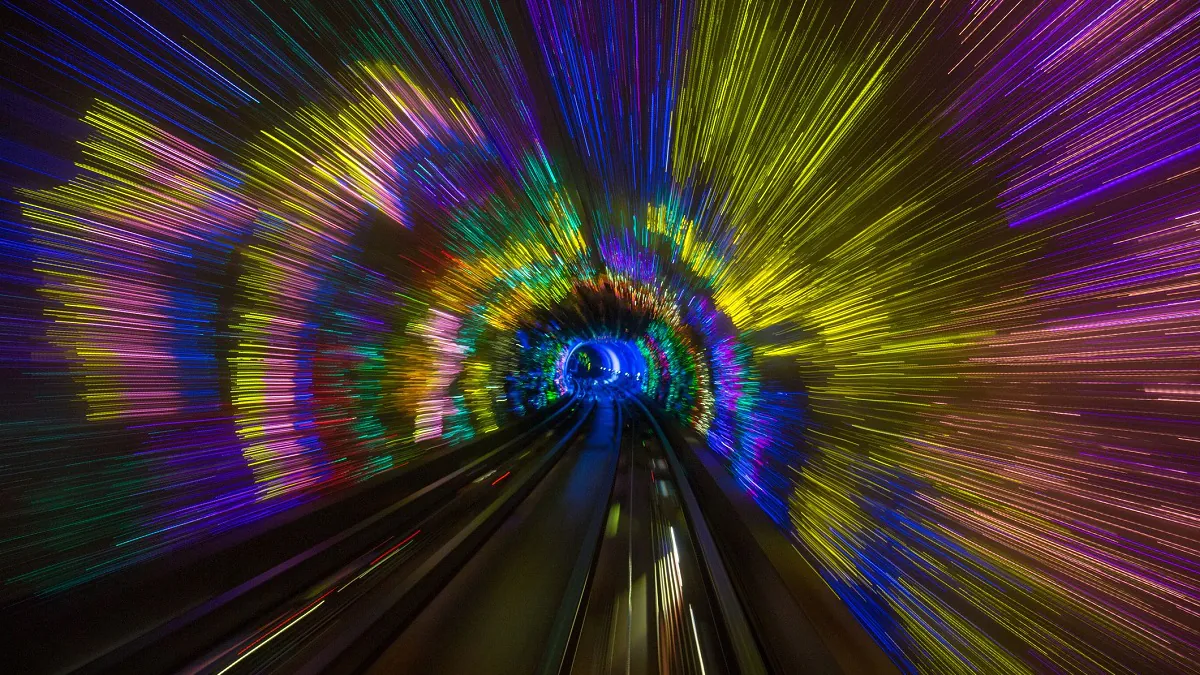
In the near future, scientists plan to conduct a new experiment that could offer an indirect test of the most famous Stephen Hawking prediction about black holes.
Scientists speculate that by making the atom invisible, they will be able to see the etheric quantum glow that envelops objects moving at speeds close to the speed of light.
The glow effect, called the Unruh effect (or Fulling-Davies-Unruh) effect, makes the space around fast-accelerating objects seem to be filled with a swarm of virtual particles bathing these objects in a warm glow. Because this effect is closely related to the Hawking effect, in which virtual particles, known as Hawking radiation, spontaneously appear at the edges of black holes, scientists have long sought to identify one as a hint of the existence of another. But it is incredibly difficult to notice any effect. Hawking radiation only occurs around a terrible black hole abyss, and a warp engine will probably be needed to achieve the acceleration needed for the Unruh effect.
But, scientists have discovered a mechanism that can dramatically increase the strength of the Unruh effect with a technique that can effectively transform matter into invisible.
“It’s a hard experiment, and there’s no guarantee that we’d be able to do it, but this idea is our nearest hope.”
The Unruh effect, first proposed by scientists in the 1970s, is one of many predictions of quantum field theory. According to this theory, there is no empty vacuum. In fact, any pocket in space is filled with endless vibrations of quantum scale, which, if given enough energy, can spontaneously erupt into particle-antiparticle pairs, which almost immediately annihilate each other. And any particle, whether matter or light, is simply a localized excitation of this quantum field.
In 1974, Stephen Hawking predicted that the extreme gravitational force felt at the edges of black holes, their event horizons, would also create virtual particles.
Gravity, according to Einstein’s general theory of relativity, distorts space-time, so quantum fields are distorted the closer they come to the enormous gravitational pull of the black hole singularity. Due to the uncertainty and strangeness of quantum mechanics, this distorts the quantum field, creating uneven pockets with time moving unevenly and subsequent bursts of energy throughout the field. It is these energy inconsistencies that cause virtual particles to emerge from what seems to be nothing at the edges of black holes.
Like the Hawking effect, the Unruh effect also creates virtual particles thanks to the amazing fusion of quantum mechanics and relativistic effects predicted by Einstein.
To test the Unruh effect, scientists plan to build a laboratory particle accelerator that will accelerate an electron to the speed of light by irradiating it with a microwave beam. If they can prove the existence of the effect, they plan to experiment with it. Especially the want to explore possible connections between Einstein’s theory of relativity and quantum mechanics.
“The theory of general relativity and the theory of quantum mechanics are currently still somewhat at odds, but there has to be a unifying theory that describes how things function in the universe,” co-author Achim Kempf, a professor of applied mathematics at the University of Waterloo, said in a statement. “We’ve been looking for a way to unite these two big theories, and this work is helping to move us closer by opening up opportunities for testing new theories against experiments.”
You can also help Ukraine fight with Russian occupants via Savelife or via an official page of the National Bank of Ukraine.
Read also:
Leave a Reply